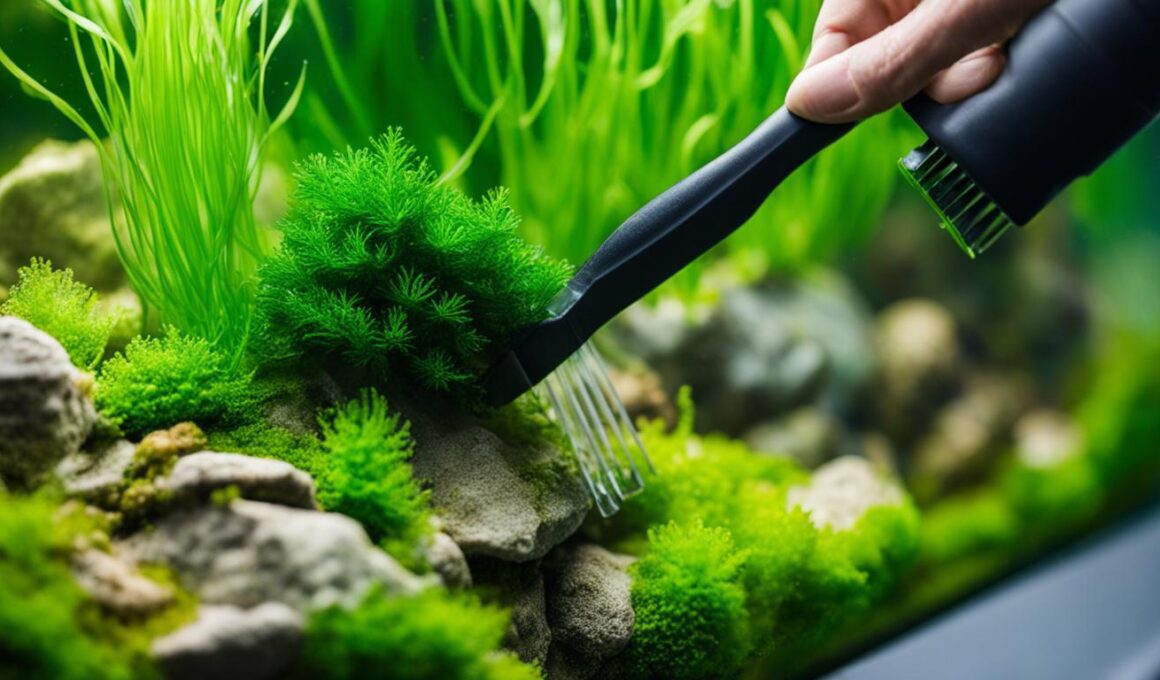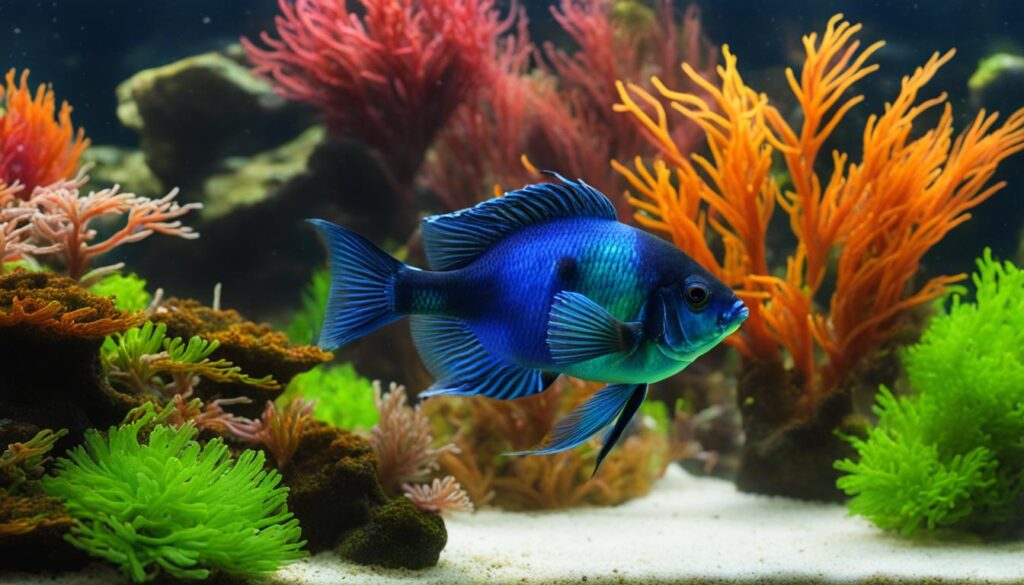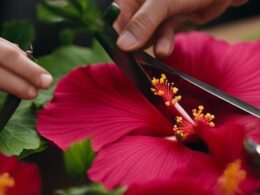Are you struggling with hair algae in your aquarium? Don’t worry, we’ve got you covered! Hair algae is a common issue that can affect both freshwater and saltwater aquariums. It’s a type of green algae that can quickly cover up plants and corals, disrupting the beauty of your tank. But fear not, with the right aquarium maintenance and aquarium algae control techniques, you can get rid of hair algae and restore the health and clarity of your aquatic environment.
Improving Source Water and Water Parameters
The first step in getting rid of hair algae is to improve the quality of your source water. Tap water often contains high levels of silicates, nitrates, and phosphates, which can contribute to algae growth. To reduce these nutrients, you can test the water and consider using reverse osmosis (RO) or reverse osmosis deionized (RODI) water. However, it’s important to note that remineralizing the water may be necessary to provide essential minerals for your plants and animals.
In addition to improving the source water, maintaining good water parameters is crucial for preventing hair algae. Regular testing and partial water changes can help control nutrient levels, especially nitrates and phosphates, which are primary contributors to algae growth. The use of a reliable test kit will help you determine the nutrient levels in your aquarium water, allowing you to take appropriate steps to reduce them.
To further promote water quality and inhibit algae growth, it’s important to limit nutrient input. Avoid overfeeding your fish, overstocking your tank, and overfertilizing your plants. These practices can lead to excessive nutrient levels and create an ideal environment for hair algae to thrive. Regular maintenance tasks such as removing decaying plant and animal material and rinsing filter media will also help maintain optimal water parameters.
By improving your source water and maintaining good water parameters, you can significantly reduce the nutrients that contribute to hair algae growth and improve the overall health of your aquarium.
- Test your water: Determine the nutrient levels in your aquarium water to identify potential issues.
- Consider RO or RODI water: Using reverse osmosis or reverse osmosis deionized water can help reduce nutrient levels. However, remineralization may be necessary.
- Regular testing and water changes: Test your water regularly and perform partial water changes to control nutrient levels.
- Limit nutrient input: Avoid overfeeding, overstocking, and overfertilizing to prevent excessive nutrient levels.
- Maintenance tasks: Remove decaying plant and animal material and rinse filter media regularly to maintain optimal water parameters.
Methods for Controlling and Eliminating Hair Algae
There are various methods you can employ to effectively control and eliminate hair algae in your aquarium. Let’s explore some of the most effective techniques:
- Manual removal: Hair algae can be easily removed by gently twirling the strands with a toothbrush or small brush and firmly pulling them out. It’s crucial to ensure complete removal to prevent the algae from drifting and establishing elsewhere in the tank.
- Promote plant growth: Adding more aquatic plants, especially fast-growing stem plants, can starve hair algae by competing for the same nutrients. This natural method can help eliminate hair algae over time.
- Stabilize CO2 levels: In freshwater planted tanks, maintaining proper CO2 levels is key to preventing hair algae growth. Investing in a high-quality CO2 injection system can help you control and stabilize CO2 levels, creating a more favorable environment for your desired plants.
- Chemical treatments: If other methods fail, you can consider using specific algae control products as a last resort. However, it’s crucial to follow the instructions carefully and consider the potential impact on other tank inhabitants.
- Algae-eating fish and inverts: Introducing algae-eating fish and invertebrates, such as Molly Fish, Nerite snails, and Amano Shrimp, can significantly contribute to controlling hair algae. These natural grazers feed on algae, helping to keep it under control in your aquarium.
Regular monitoring and maintenance are crucial to prevent hair algae outbreaks in the future. By employing these methods and staying proactive in managing your aquarium, you can enjoy a healthier and algae-free aquatic environment.
Algae-eating fish and invertebrates
The introduction of algae-eating fish and invertebrates can play a significant role in controlling hair algae. These natural grazers help keep your aquarium’s algae population in check. Some popular algae-eating fish and invertebrate options include:
- Molly Fish
- Nerite snails
- Amano Shrimp
These species are known for their appetite for algae and can provide an effective biological solution to managing hair algae outbreaks.
Conclusion
Controlling and eliminating hair algae in your aquarium is essential for maintaining a healthy and clear tank. By following proper maintenance and control methods, you can effectively manage this frustrating problem. Improving the quality of your source water and optimizing water parameters play crucial roles in preventing hair algae growth. Manual removal, promoting plant growth, stabilizing CO2 levels, and selectively using chemical treatments are all effective strategies for hair algae control.
Furthermore, introducing algae-eating fish and invertebrates, such as Molly Fish, Nerite Snails, and Amano Shrimp, can help keep hair algae in check. Adding a clean-up crew to your tank and staying on top of maintenance tasks like regular water changes and filter media rinsing can also aid in preventing future hair algae outbreaks. Optimizing filtration and lighting, along with practicing proper plant care, are additional preventive measures that contribute to a healthy and algae-free aquatic environment.
By being proactive and following these guidelines, you can maintain a vibrant and thriving aquarium free from hair algae. Remember, consistent monitoring and regular maintenance are key to successfully preventing and managing hair algae growth. With a little effort and dedication, you can enjoy the beauty of your aquarium while ensuring the well-being of your aquatic inhabitants.
Can Vinegar Spray Be Used to Get Rid of Hair Algae in a Fish Tank?
Yes, ecofriendly aphid spray vinegar can be used to get rid of hair algae in a fish tank. The acidic nature of vinegar helps in killing the algae while being safe for the fish. Simply dilute the vinegar with water and spray it directly on the affected areas to see results.










